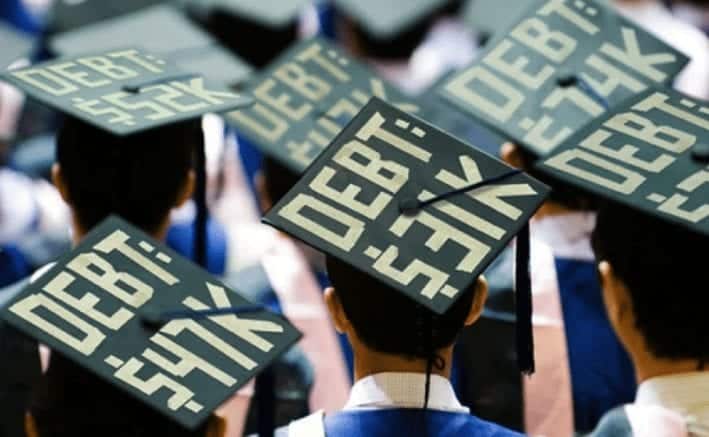Table of Contents
edCircuit opinion
As July comes to a close, thousands of families swarm to the nearest stores and begin to cross items off of their college checklist. For those who need reminding, no one college dorm room is alike. But, according to CENGAGE Learning’s 2015 Student Engagement Insights survey, many of these students have more in common than you think. When asked, “what are your goals after college?” 80% of college students responded that they want a “good job/better job”. Is this attainable for recent college grads?
Forbes warns that it may not be. Millennials face a world where nearly half (46%) of the workforce report that they are underemployed. Yes, nearly half. And with the average graduate entering the world with $37,000 in student-loan debt, that further takes away their already low salary. This begs the question – what can we do to make sure millennials are making informed decisions?
At a Glance:
- When asked, “what are your goals for after college?” 80% responded that they want a “good job/better job”.
- The reality: nearly half (46%) of the workforce report that they are underemployed
- The average college student graduates with $37,000 in student-loan debt
Around the Web:
Students’ Goals After College Graduation
Tami Strang | CENGAGE Learning
Whether students are enrolling in their first college courses, putting maximum effort into their upper-division coursework, or nearing the end of their educational paths, they’re keeping an eye on their goals. This focus—their reason for attending college in the first place—can spark their motivation even on the days they’re struggling with assignments or stressed by their responsibilities.
But what are those goals? And how does college help them achieve those goals? In our Spring 2015 Student Engagement Insights survey, we asked over 3,000 college students about their goals and how they think college will enable them to get where they want to go.
To read the rest visit CENGAGE Learning
New Study Reveals That Almost Half Of The Workforce is Underemployed
Ashley Stahl | Forbes
There’s been plenty of press coverage on unemployment rates (which, let’s be honest, have been bleak!) for the past several years, but what’s been seriously lacking is a social discourse on something much more common: underemployment.
“New Study Reveals That Almost Half Of The Workforce is Underemployed” via @Forbes https://t.co/BO6dGFDaYp
— ASHLEY STAHL (@AshleyStahl) July 19, 2016
Underemployment tells a more complex story that unemployment rates simply cannot.
Unemployment rates document the individuals who are not presently employed but are actively looking, so it doesn’t take into consideration the individuals who have given up with their search altogether. Just as importantly, it doesn’t account for a huge chunk of the employed workforce, those who are employed but are either not in their preferred field, or can’t find enough work—those who are underemployed.
To read the rest visit Forbes
Student loan grace period is not always what it seems to be
Tom Anderson | CNBC
After walking across the commencement stage, student-loan borrowers typically receive a little break from their lenders.
Most student loans come with a six-month grace period that gives borrowers time to get on their feet before they have to start paying their debts.
Some loans accrue interest while they’re in a grace period, but others don’t. That means for many student loans, when the grace period is over, six months’ worth of interest is added to the loan principal, and that will increase the loan balance.
So, what’s the takeaway?
To read the rest visit CNBC


